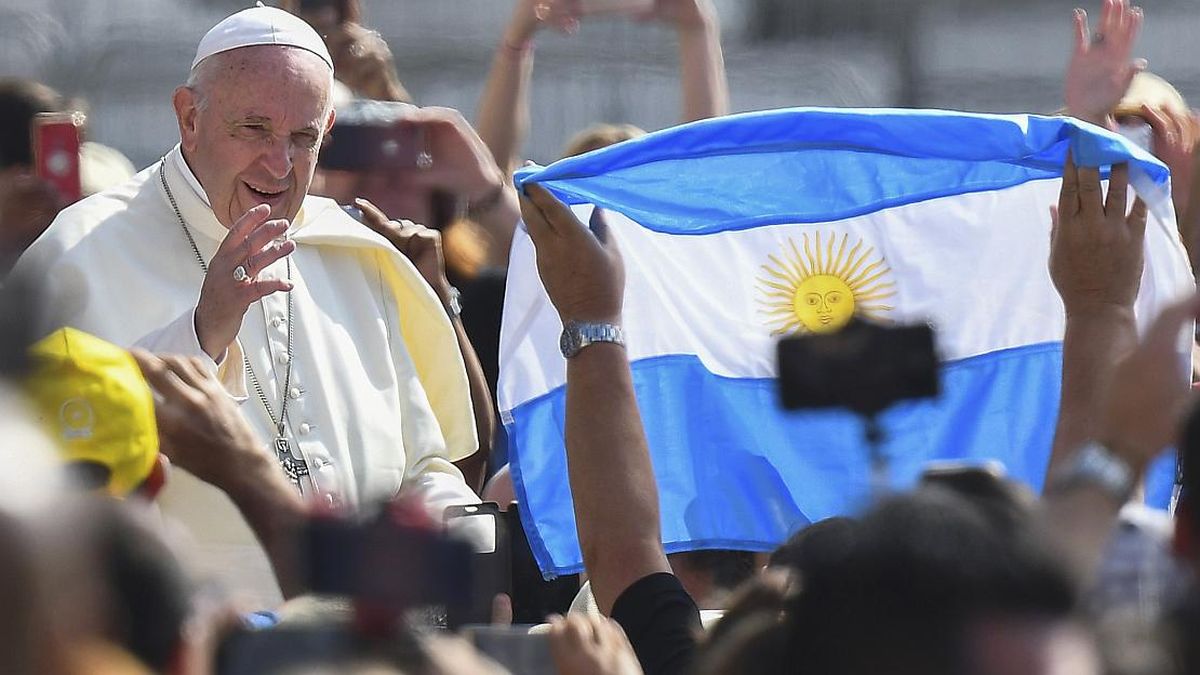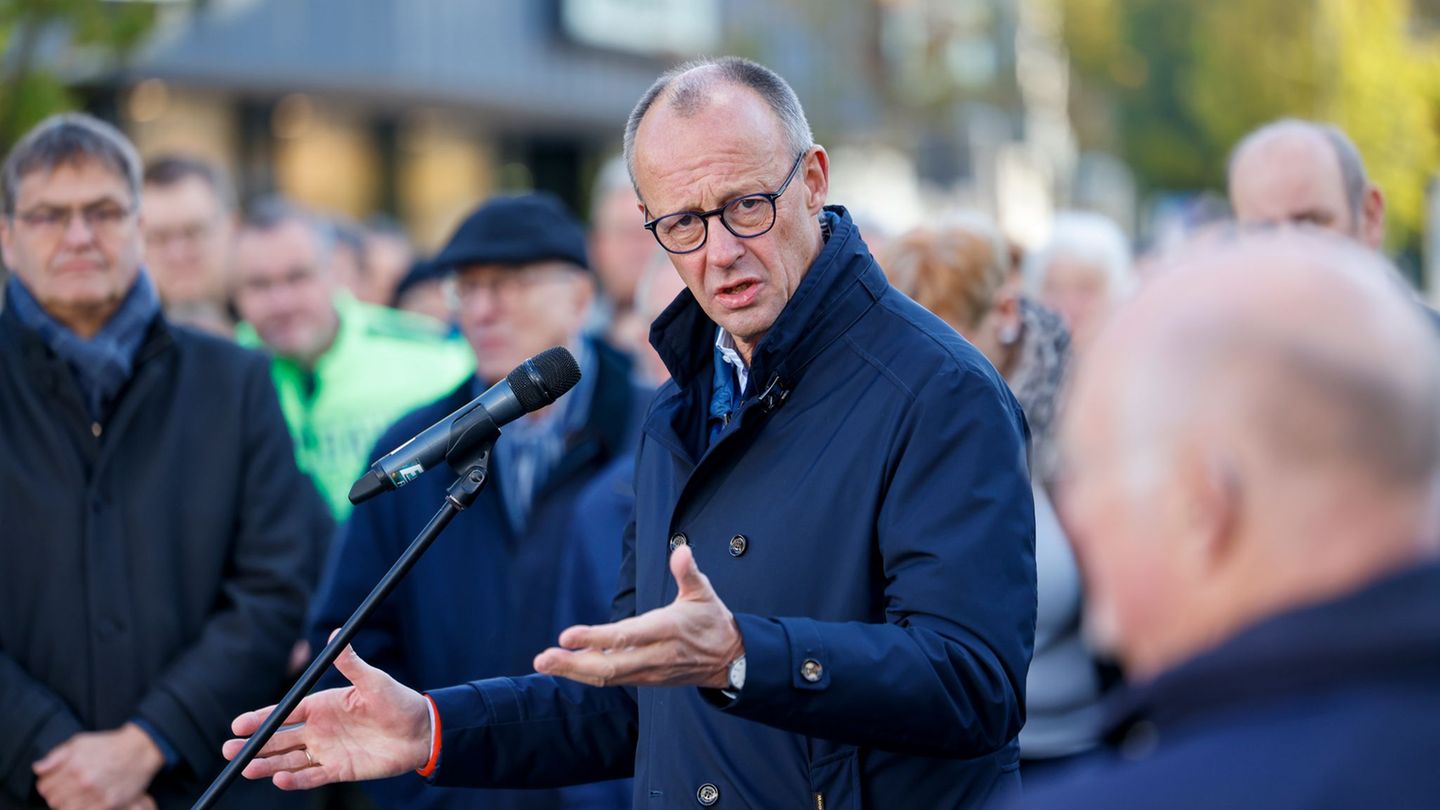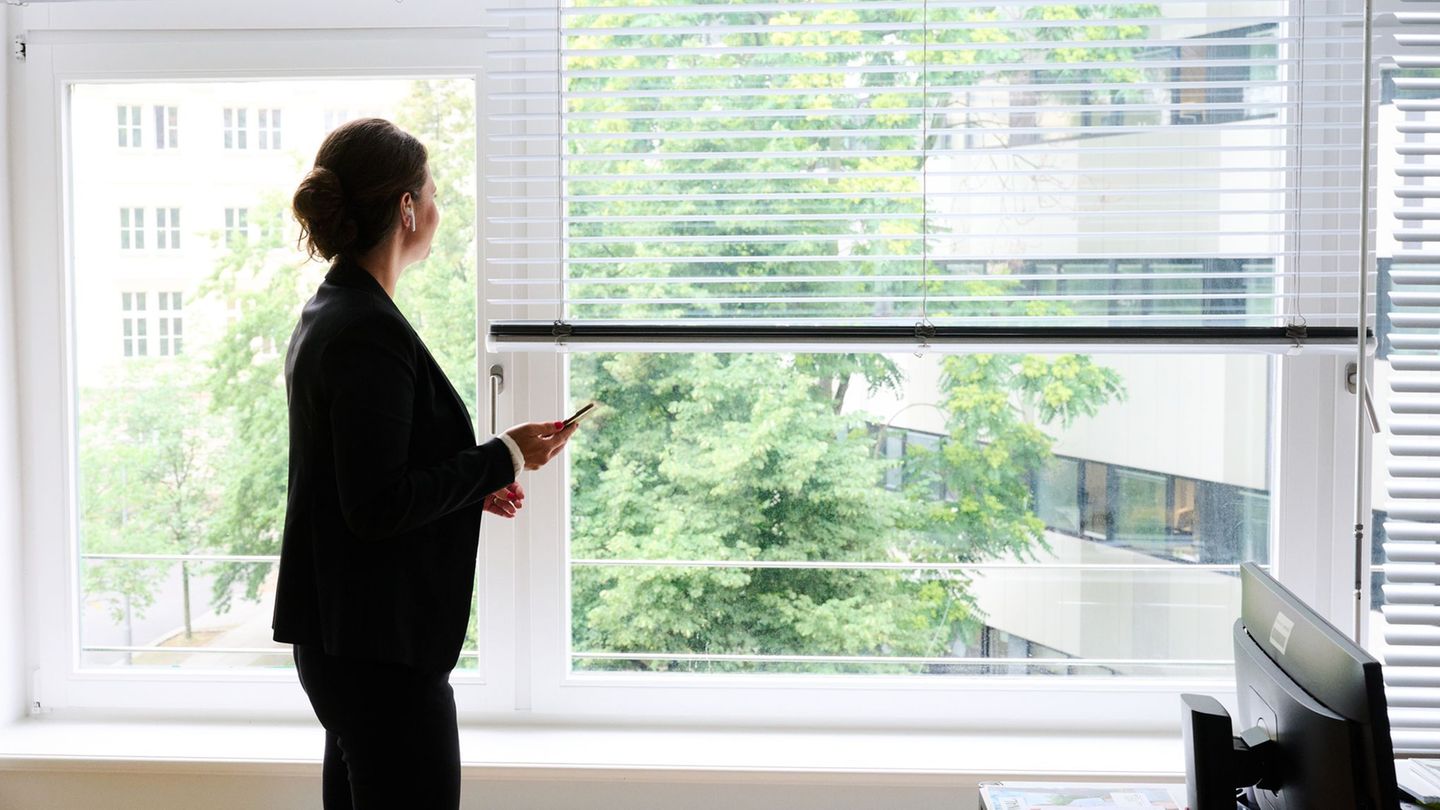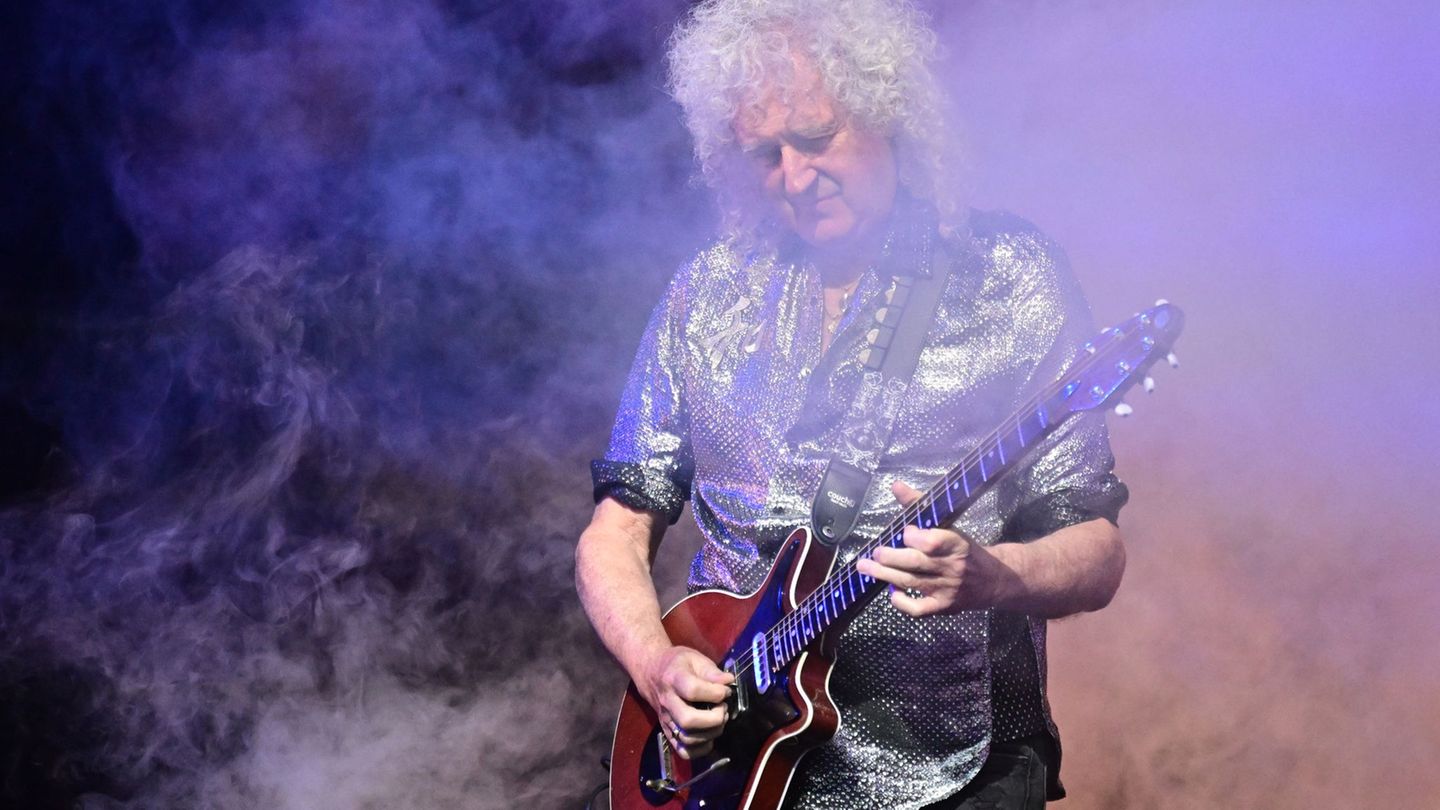Jorge Mario Bergogliothe only non -European Pope in the history of the Catholic Church, shares with San Pedro (c. 1-67 d. C.), The Syrian Gregorio III (731-741), The Dutch Adriano VI (1522-1523), the Italian Pío IX (1846-1878), the Genoese Benedict XV (1914-1922) and Bergamascus John XXIII (1958-1963), among others, a sad coincidence: None of them returned to their homeland after being chosen Supreme Pontiff.
Throughout history, several potatoes never returned to their homeland after assuming the papacy, be it a region of birth, country or city. And this is due to different reasons, such as the lack of habit of traveling in previous centuries, the wars, the political conditions of their time, or in recent cases, personal decisions.
Even, Bergoglio once dreamed of participating on April 1, 2020 of the ceremony for the 500 years of the first Mass held in Argentine territoryin Puerto San Julián, Santa Cruz. That day, a Palm Sunday but 1520the squad capitaneted by Fernando de Magallanes that days before I had found the coasts of what would later be known as Patagonia, They surrendered to the sermon of the Spanish priest, a native of Écija, Pedro de Valderrama. It was the Sunday before Easter Sunday. Unbeatable occasion to listen to a sacrament of mercy that keeps those strong and faithful ventured ships. That day he was baptized and gave Juan’s name to an Indian Patagon.
In fact, many in the Church believe that this April 1, 1520 It is the real day the Argentine country was born. Perhaps for that reason, Francisco asked his collaborators for a long time before the quintendenario to analyze the possibility of returning to Argentina, see locations for their tour, the destinations to visit in the deep interior. The Covid pandemia did not allow it. In 2020 he did not travel anywhere.
Pope Francis Argentina.jpg
How many trips did Pope Francis abroad?
In almost 12 years of papacy Francisco made 47 apostolic trips outside Italy And it was in 66 countries. He toured 32,814 kilometers by plane, according to digital religion.
Pablo VI was the first Pope to leave Italy since 1809: in 15 years, he made 9 pastoral trips visiting 19 countries. Closer in time, Juan Pablo II was in 129 countries in 104 pastoral visits during the 25 years of his pontificate, including Argentina. While Benedict XVI visited 23 countries on 24 trips in eight years.
In South America, Pope Francis visited Brazil in 2013, the first four -month trip of the Blanca Fumata; He was in Ecuador, Bolivia and Paraguay in 2015; in Colombia in 2017, and in Peru and Chile in 2018. In addition to missing Argentina, he was not in Uruguay or Venezuela, one of the countries that had the most attention in recent times. It was always said that if he came to Argentina, he would also go to Uruguay. Nor could the Uruguayans enjoy it.
Last year, despite his health problems, he made the longest trip of the pontificate: he left 11 days for Indonesia, Papua New Guinea, Eastern Timor and Singapore. And two weeks later he visited Luxembourg and Belgiumto later close 2024 with a pass through the island of Corsica, in France.
Bergoglio thoroughly chose his trips and destinations: They were almost always places where the Catholic minority reignssuch as Egypt or Arab Emirates, or where he believed that he should be present to reinforce the universality of his message and not miss World Youth Days, world meetings of international Eucharistic families or congresses. But the Pope also toured the world to highlight his leadership and leave the imprint of his encyclicals, such as the famous Laudato yes that entrusted to humanity. Francisco was for 4,421 days, 631 weeks and 145 months the most influential human being on Earth.
Why didn’t Pope Francis return to Argentina?
The Latin Pope gave more than a return to the globe by plane and did not step on Argentina. Yes crossed the national airspace twice when flying towards Assumption and towards Santiago de Chilewhich motivated by protocol the sending of telegrams to the presidents of that time Cristina de Kirchner and Mauricio Macriwith messages for Argentines.
“By flying over the beloved country Argentina to begin my pastoral visit to Paraguay, I am glad to send a cordial greeting to your excellence, expressing my closeness and affection to this beloved nation, For the one I ask the Lord Copiosa thanks to progress in human and spiritual values, increasing the commitment to justice and peace “, He wrote to the former head of state in 2015.
The reasons for not returning were many, multicausal, which involve different factors and dozens of people. According to this chronicler, who actively participated in organizational and debate days for his return to Argentina, Bergoglio planned at least six frustrated visits.
Most included tours of villas or settlementsVisits a prisons and washed from feet to people deprived of their freedom, encounters with forgotten grandparents. The Casa Rosada. But when he slept one night a few meters from the Government Housein his former department of the Buenos Aires cathedralwhere several times the return was discussed. In other talks the possibility of going to Saltaby faith that mobilizes the Virgen del Milagro, but also for her love for the Peoples from the Puna. Even once it was proposed to bless Muerta Vacato meet with the Mapuches and see the land of I add where it is intended to lift a new chapel.
The frustrated visit to Santiago del Estero, Luján and Quilmes
The last visit had been scheduled between November and December 2024, and included a direct flight from Rome to Santiago del Esterowhere an international track allowed the landing of the Airbus 380 or the Boing 787 of Ita Airways. He Río Hondo Termas Circuit It has the capacity to house more than 2 million people. That was calculated that he could mobilize the arrival of the Pope to Argentina: 2 million faithful, 60 leaders and more than 1,400 media around the world. It is not to be scared: in Brazil he congregated 4 million.
In the local curia they read that the surprise Moving from the primada headquarters of Argentina from Buenos Aires to Santiago del Estero of July 22, 2024 was a strong indication of his intention to return, in addition to a historical reparation for the Santiagüeños, in spatial after the canonization of the first Santa Jesuit of Argentina: María Antonia de San José (Mama Antula). On December 8, Immaculate Conception of the Virgin Mary was also read as a special date for Francisco returns to Luján. It even thought about those meetings of religious and laity a stop by the conurbano, visiting a new medical center for the elderly located in San Francisco Solano, Quilmes Party. However, their state of health and the lack of “conditions” spoiled the plans and the return.
Argentine Flag Pope
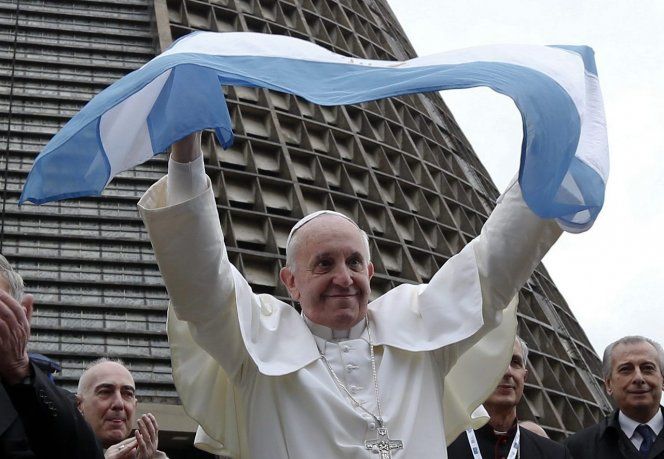
Francisco always demanded to those who listened closely to “conditions” for his return. What did those “conditions” mean insistently? It is said that an was that the political, social, economic, union and ecclesiastical leadership Argentina is aligned in unit, But the first difficulty was always his own organization And how cumbersome that his message and his actions deep in the Creole church, as it happened in other parts of the world.
“If I will go to Argentina? It is a thing not yet determined. I would like to go, isn’t my people. I would like to go, but it is not yet determined. There are various things to solve before ”he replied sitting in a wheelchair, the last time he was asked journalists above a plane.
Canary Islands and China were their close priority and the most ambitious, respectively. To the Canary Islands I wanted to go to make visible the crisis of migrants, the dead in the sea. Communist China wanted to enter to demonstrate that God has enough heart to hug everyone, and that peace, coexistence between peoples is the only salvation. Nor could he achieve it.
What was missing for Pope Francis to return to Argentina?
The last four Argentine presidents invited him formally and informally to return to Argentina. So did the leadership of the Church and hundreds of its shepherds. They did it by diplomatic roads, through emissaries messages, and even by the press media. But Francisco never let anyone organize the outer agenda, much less the times of his trips. He believed that the electoral years were not good to disembark in his country (he never liked the word landing to send troops, weapons, war and death).
Source: Ambito

